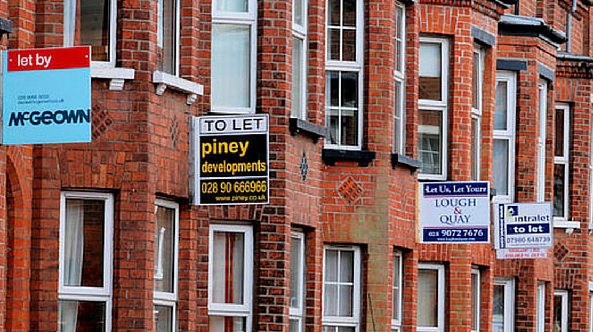Lenders are replenishing their mortgage products, rates are becoming more competitive, and remortgage instructions are increasing. How will this affect the UK housing market?
Thousands more homeowners, buyers and investors across the UK may now be able to press ahead with their plans thanks to an increase in borrowing options. While the market is still more restricted than it was prior to coronavirus, the latest relaxing of criteria is likely to provide a much-needed boost to the country’s property market.
Some lenders which had previously stripped down their mortgage product offerings have brought some products back to the market. Nationwide, for example, is now once again offering mortgages to people with just a 15% deposit. Halifax, Virgin and Santander have also removed some of their restrictions. The move will mean a much wider choice of options is now available to borrowers – meaning many who had put purchases on hold can act now.
Remortgages back in business
Remortgages were another aspect of the sector that had been impacted by coronavirus. However, new data from LMS shows that instructions are climbing again after an initial “coronavirus dip”. Between 6 April and 13 April, new instructions rose by 9%.
The LMS research also shows that both mortgage applications and cancellations have remained steady throughout the crisis. For property owners concerned by remortgaging in the crisis, this is a positive sign that the market is able to continue to some degree. As LMS CEO Nick Chadbourne states, the results are a cause for “quiet optimism”.
“Promising levels of activity continue in the remortgage sector, with borrowers opting to take out new deals and industry service levels remaining strong,” he adds. “All metrics are holding steady.”
“The industry is showing its resilience during a testing time, and we hope to see this continue as the industry’s hard work pays off and delivers for borrowers.
“It has been promising to see the collaboration between all stakeholders within the mortgage process as we assist each other through the crisis.”
Competitive mortgage rates for buyers and owners
At the end of last week, the average rate for a two-year fixed-rate mortgage was 2.11%. This is down on 2.15% the previous week, according to Moneyfacts.co.uk. This was the case across all LTVs, apart from 95%, which is a reflection of the current low-risk mood in the lending market.
For those with a 50% deposit, however, the average rate as of Friday was 1.92%, a significant fall from 2.11% the previous week. If buyers can secure a short-term fixed rate now, these competitive deals could prove economical.
Longer-term deals are also getting cheaper, particularly on lower LTVs. For borrowers wanting to give themselves a very long-term outlook, a 50% LTV mortgage for 10 years now has an average rate of just 2.09%. This is down from 3.22% the previous week.
Moneyfacts finance expert Eleanor Williams says: “Continuing the encouraging trend from last week where we saw early indications of lenders acclimatising to the ‘new normal’ and beginning to return products to their ranges, this week has seen further positive updates from a variety of mortgage providers.”
Why did COVID-19 affect mortgages?
Since the beginning of March, many lenders have restricted their product offerings. A major reason for this is the fact that lenders can’t properly value properties due to lockdown rules. Many have therefore had to conduct “drive-by” valuations instead, but this isn’t always viable.
Because of the increased risks for the lender, many would only lend on relatively “safe” properties. This includes those where the buyer has a large deposit, or a high level of equity. It often excludes “non-standard” properties, such as high-value homes or those made from non-standard material. Many banks lowered their typical LTV ratios, with some capping their products as low as 60% LTV.
Another factor affecting mortgages was the Bank of England dropping the base rate to 0.1%. This is a historic low, and tracker mortgages as well as some standard variable rates will reflect this drop. This could impact new fixed rate options, too.
The fact that lenders are now seeing fit to lower their deposit requirements shows an increase in confidence. It is also a sign that, like much of the rest of the world, banks and building societies are now getting to grips with the technology-led solutions needed to continue through the crisis.










